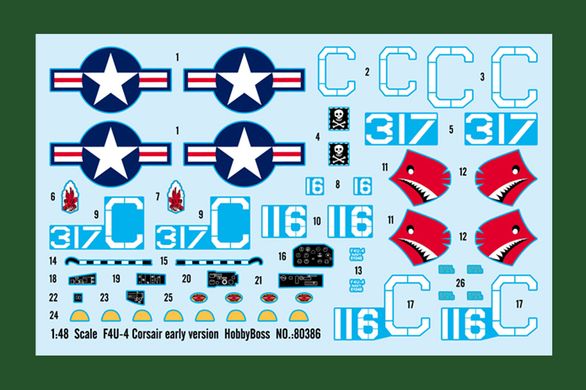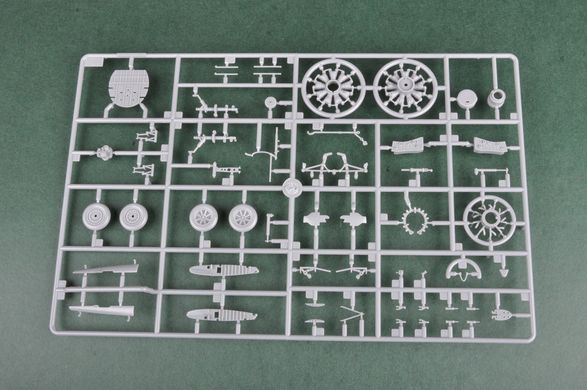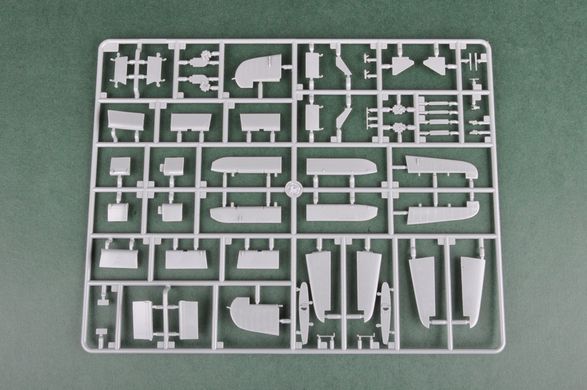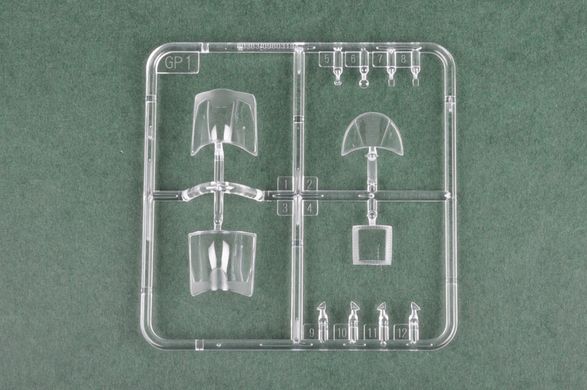The revolutionary design of the F4U Corsair was created in 1938 in response to a request by the US Navy to develop a high-speed carrier-based fighter. Chance Vought took on the challenge of fitting the most powerful engine available (ie the Pratt-Whitney Double Wasp engine) into the smallest airframe possible. The key was to fit the clunky landing gear into the upturned, curved wings that became the aircraft's trademark. The prototype flew on May 29, 1940, and the US Navy received its first production Corsair on July 31, 1942. However, tests carried out by the US Navy on aircraft carriers revealed some design flaws, which meant that the first production series of the aircraft went to a Marine Corps squadron and operated from land bases. The first unit to receive an F-4 was VMF-124 at Gudalkanal. It quickly became clear that the new machine was clearly superior to all the enemy's machines, and in several parameters also to the F-6 Hellcat. At the same time, however, it was very difficult to pilot and required a lot of attention when landing. Interestingly, only up to 20% of Corsair missions were flown from the decks of aircraft carriers, and for most of the war they remained primarily a Marine Corps vehicle. After the end of World War II, the F-4 Corsair remained in service and participated in the Korean War (1950-1953). Technical data (F4U-4 version): Maximum speed: 731 km / h, rate of climb: 19.7 m / s, maximum ceiling 12649 m, maximum range: 1115 km, armament: fixed - 6 M2 machine guns, caliber 12, 7 mm. and 4 20-mm Browning guns, suspension - up to 1800 kg of bombs. It quickly became clear that the new machine was clearly superior to all the enemy's machines, and in several parameters also to the F-6 Hellcat. At the same time, however, it was very difficult to pilot and required a lot of attention when landing. Interestingly, only up to 20% of Corsair missions were flown from the decks of aircraft carriers, and for most of the war they remained primarily a Marine Corps vehicle. After the end of World War II, the F-4 Corsair remained in service and participated in the Korean War (1950-1953).




























